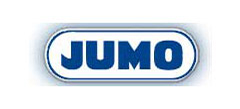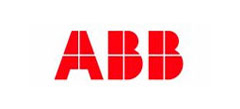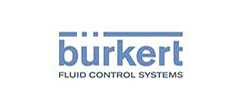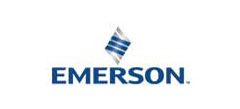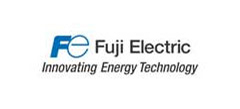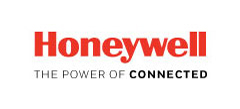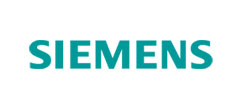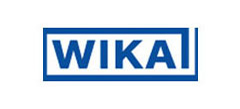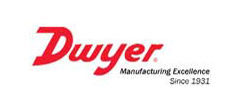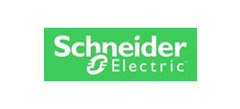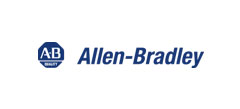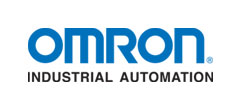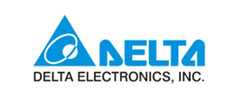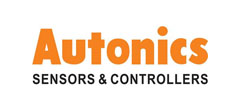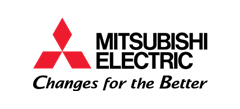Vibrating fork level switches are virtually unaffected by flow, bubbles, foam, vibration, solids content, coating, properties of liquids and product variation. Advance checks and diagnostics help to ensure high reliability in both high and low level applications.
Level Measurement
Level Measurement
An Authoritative List of the Best measuring level Supplier Available, point level, pressure as well as devices and software for integrating them into process control systems. Level instrumentation includes a range of level measurement equipment including switches, controllers, transducers and radars.
Vibrating Fork
Vibration Fork level switches are only suitable for point level measurement. They consisit of an oscillating or tuning fork, which resonate in air with a known natural frequency. The resonance frequency will be reduced when the fork is brought into contact with a medium. The vibrating fork type level switch working principle is simple and effective. This makes vibrating fork type level switches (a.k.a. tuning fork type level switches) reliable, cost effective and very popular for use in detecting the presence or absence of liquids and bulk solid materials. The vibrating fork type level switch working principle is based upon detecting the change in harmonic vibration frequency of the sensing element as a result of the presence of the target media. Typically there are two Piezoelectric elements often made of quartz When these crystals are compressed they generate an electric signal vibration at the natural resonant frequency Conversely when electricity is applied to these crystals they produce motion Application The vibrating fork type level switch working principle uses a tuning fork shaped sensing element with two tines inserted into the bin or tank where the target media will be present.
Capacitance
Capacitance level sensors are a proved, as well as cost-effective solution for level measurement and point level detection in liquids and bulk solids. Various transmitters for continuous level measurement and switches for point level detection are available. The measurement of interface is also possible. The measuring principle is proven in millions of applications. The principle of capacitive level measurement is based on the capacitance change of a capacitor. The probe and the tank wall form a capacitor whose capacitance is dependent on the amount of product in the tank: An empty tank has a lower, a filled tank a higher capacitance.

Capacitance
- Proven and tested measuring principle - robust and safe
- Universally adaptable probe
- Reliable operation also in strong build-up formation and viscous media
- Easy commissioning
Sewage and wastewater Boilers and steam generators Food and beverage Caustics and acids Pharmaceuticals Reservoirs Sumps Level indication in silos Level monitoring in receivers Transporters in pneumatic conveying systems
Ultrasonic
The ultrasonic method is a proved, as well as cost-effective solution for level measurement in liquids and bulk solids. Instruments are available as compact or separate versions. This measuring principle is characterized by easy planning and assembly, fast and safe commissioning, a long service life and reduced maintenance costs. Typical applications include abrasive and aggressive media, even in rough ambient conditions.

Ultrasonic
- Non-contact, maintenance-free measurement
- Measurement unaffected by media properties, like dc value or density
- Calibration without filling or discharging
- Self-cleaning effect due to vibrating sensor diaphragm
Acids Wastewater Inks and Paints Slurries Food and Beverage Semiconductor Process Chemicals Oils and Petroleum Distillates
Microwave/Radar
Radar level measurement with top-down installation of a sensor offers perfect application fit in all industries. Non-contact radar with simple commissioning, trouble-free operation saves time and money. For usage in a wide range of applications - be it in simple storage tanks, in corrosive or aggressive media or high accuracy tank gauging applications. Easy to setup, no fine-tuning, and level monitoring in the toughest conditions. Siemens radar level measurement devices are complete with Process Intelligence echo processing, narrow beam, and a variety of antenna configurations for measurements in solids and liquid applications.

Microwave/Radar
Advantage of guided wave radar level measurement is that no compensation is necessary for changes in density, dielectric or conductivity of the fluid. Further, he says changes in pressure, temperature and most vapor space conditions have no impact on measurement accuracy; GWR is unaffected by high turbulence or vibrations; and build-up has practically no effect, meaning no need for re-calibration.
Unstable process conditionsŌĆöChanges in viscosity, density, or acidity do not affect accuracy. Agitated surfacesŌĆöBoiling surfaces, dust, foam, and vapor do not affect device performance. GWR also works with recirculating fluids, propeller mixers, and aeration tanks. High temperatures and pressuresŌĆöGWR performs well in temperatures up to 315┬░C and can withstand pressures up to 580 psig. Fine powders and sticky fluidsŌĆöGWR works with vacuum tanks filled with used cooking oil as well as tanks holding paint, latex, animal fat, soybean oil, sawdust, carbon black, titanium tetrachloride, salt, and grain
Optical Level Switches
Optical level sensors are used to detect liquids including poised materials, interface between two immiscible liquids and the occurrence of sediments. They are worked based on the changes of transmission in infrared light emitted from an IR LED. The interference from the produced light can be reduced by using a high energy IR diode and pulse modulation methods.

Optical Level Switches
- Compact, high pressure, no moving parts, and capability of temperature, can notice tiny amounts of liquids. .
- Invasive as the sensor needs get in touch with the liquid needs power, certain wide substances can reason coating on the Prism.
They are commonly used in applications like leak detection and tank level measurement
Differential Pressure Level Measurement
Measurement of level in industrial application by differential pressure transmitter is frequent. The DP Transmitter device is used to measure level as an inferential measurement. In a DP Transmitter, the diaphragm senses the head pressure developed by the height of the material in the vessel. This quantity is multiplied by a density variable to get the correct level measurement. We have listed below some unique specialty of DP Transmitter for level measurement.

Differential Pressure Level Measurement
The advantages of differential pressure in measuring levels are that itŌĆÖs reliable (no moving parts), simple, and well understood. Its use is flexible in measuring level, density, liquid interface, and mass. It can be applied in vessels with agitation and foam. DP measurement can be used in vessels with internal physical obstacles. Diaphragm seals extend DP measurement to applications with high temperatures, corrosive liquids, dirty or viscous liquids, or sanitary considerations. DP level limiting factors include measurement errors from changing density, temperatures beyond 600degF, trickiness of high-vacuum applications, highly corrosive processes, highly abrasive processes (potentially damaging diaphragms), and liquid-only measurement. From a physical installation standpoint, the bottom-mount technology is a potential source of leakage and DP measurement often requires two taps
Can be used for multiple liquid level measurements. Can be used for high pressure applications Can be used for hazardous and combustible liquids. It can be used for rigorous fluid applications.
Conductivity or Resistance
Conductive switches provide simple and safe point level detection in conductive liquids. Liquipoint suites for a wide range of applications. There is no calibration required and there are no moving parts in the tank - long service life, reliable operation with no wear or blockages. Check out the broad range of conductive level devices and click on the button below.

Conductivity or Resistance
- Stability in highly corrosive environments with acids and bases such as sulfuric acid and sodium hydroxide with the use of probes constructed of monel, titanium, and Hasteloy C to name a few.
- There are no moving parts and relies on a complete circuit for actuation.
- Generally less expensive equipment materials and installation
- Can incorporate multiple probes for multiple levels of control
- Minimal maintenance due to simplistic design which also prevents fouling of the probes.
Insensitive to contamination. Extremely rugged. Easy-to-use relay unit. Suitable for a wide range of applications.
Float Switch
Using a float for two switch points creates a bi-stable switch operation, meaning that the switching status remains available when the filling level continues to rise above or drop below the switch point.

Float Switch
float switch continues to be the simplest, most reliable, and cheapest technology for liquid level measurement application.
Level measurement for almost all liquid media Pump/level control and monitoring for defined filling levels Chemical industry, petrochemical industry, natural gas, offshore, shipbuilding, machine building, power generating equipment, power stations Process water and drinking water treatment, food and beverage industry


